02 Nov
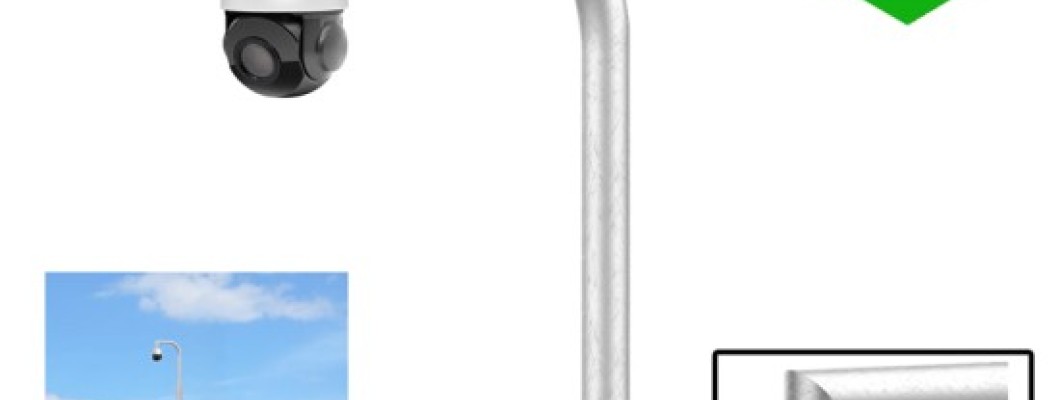

What Are the Installation Requirements for PTZ Camera Brackets?
Installing PTZ (pan-tilt-zoom) camera brackets requires specific considerations to ensure optimal performance. First, the installation site should allow for a clear line of sight and accessibility for maintenance. The bracket must be mounted securely on a sturdy surface capable of supporting the camera’s weight and movement, typically using wall or pole mounts. Electrical wiring for power and data should be planned, ensuring proper cable management to avoid tangling or damage. Additionally, it’s essential to consider weatherproofing if the installation is outdoors. Following the manufacturer’s guidelines for both the camera and the bracket is crucial for successful installation and functionality.
Why Do Some Brackets Offer Tilt and Pan Features?
Brackets with tilt and pan features provide enhanced flexibility for camera positioning, allowing users to adjust the camera's angle after installation. Tilt functionality enables the camera to be angled up or down, while pan allows horizontal movement. This capability is particularly beneficial for covering larger areas, as it enables a single camera to monitor multiple zones without needing several fixed cameras. Additionally, tilt and pan features can help optimize the camera's field of view, reducing blind spots and improving overall surveillance effectiveness. These adjustable brackets are essential for applications where camera angles may need frequent adjustments based on changing conditions.
Why Should You Regularly Inspect Your CCTV Brackets?
Regularly inspecting your CCTV brackets is crucial for maintaining the integrity and effectiveness of your surveillance system. Over time, environmental factors such as weather, humidity, and temperature fluctuations can lead to wear and tear, compromising the bracket's stability. Inspections can identify issues like rust, loose screws, or physical damage that may affect camera alignment and performance. Regular checks also allow for timely maintenance, ensuring that the camera remains securely positioned and operational. Additionally, routine inspections can help prevent potential malfunctions or system failures, ensuring continuous security monitoring and peace of mind for property owners.


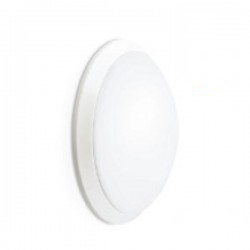
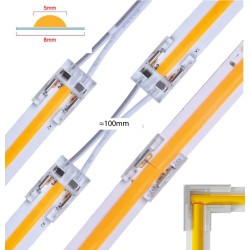
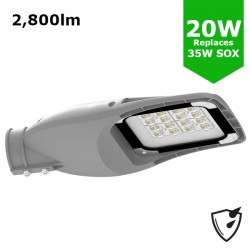
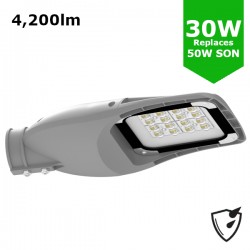
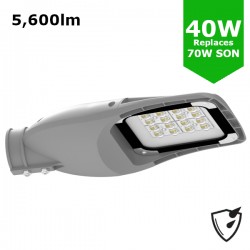
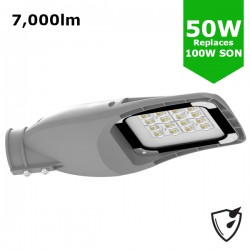
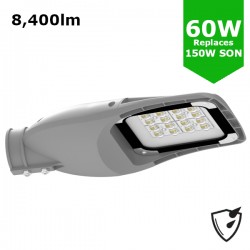
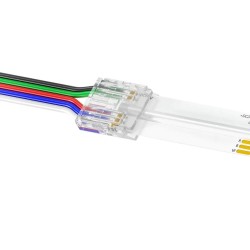

Leave a Comment